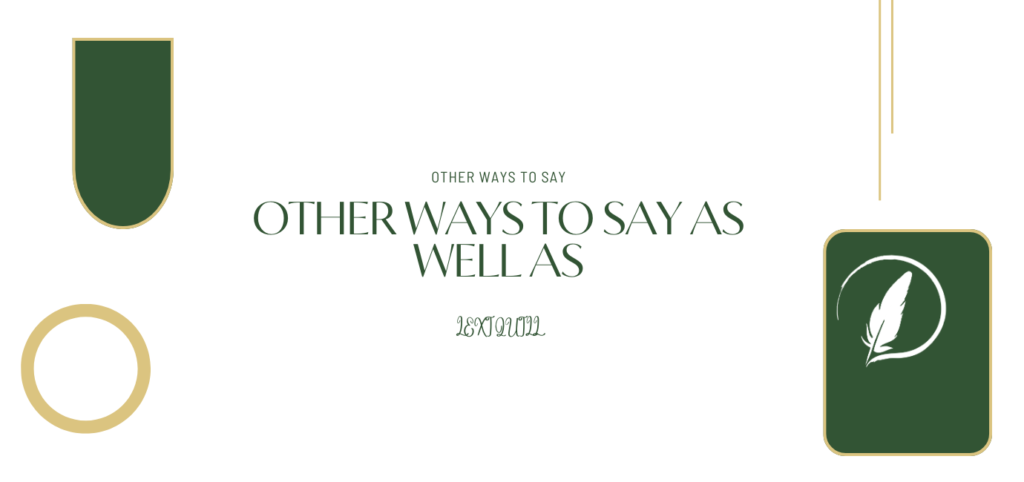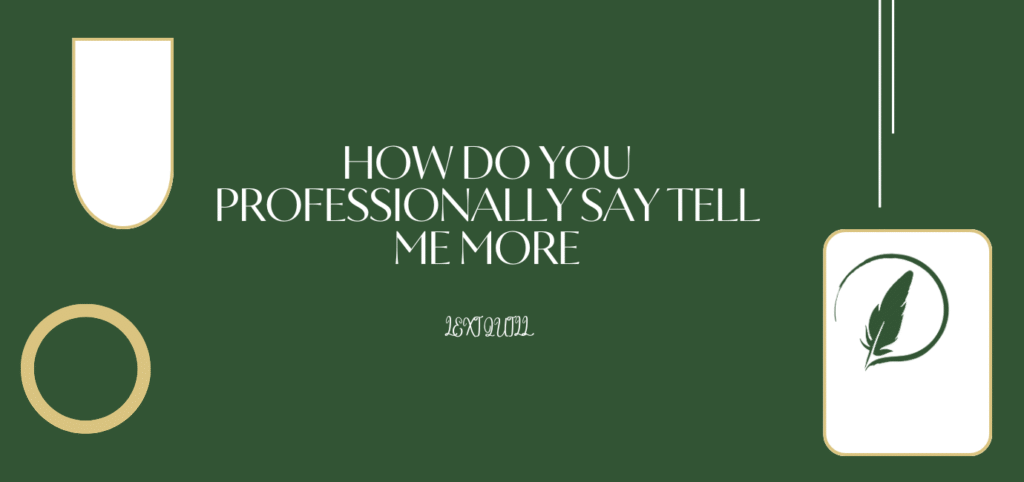Why Use Alternatives?
“Please let me know what you think” is a common and useful phrase in both business and personal communication. It does its job effectively by inviting feedback or opinions. However, overusing this phrase can make your messages feel monotonous or overly formal. By varying your language, you can tailor your message’s tone to suit different contexts, audiences, and levels of formality. Using alternatives can help you appear more approachable, show genuine interest, and encourage more thoughtful, meaningful responses. Whether you’re reaching out to a colleague, client, or friend, having a few other expressions in your communication toolkit can enhance engagement and strengthen connections.
1. I’d Love to Hear Your Thoughts
This phrase adds a touch of warmth and personal interest, making it perfect for collaborative environments or casual professional relationships. It shows that you genuinely care about the other person’s input and are not just asking out of obligation.
Example:
“Here’s the initial draft of the presentation. I’d love to hear your thoughts before we finalize it.”
Use this when working with teammates, clients, or even in personal projects where you want to maintain a friendly, inclusive tone.
2. Let Me Know Your Opinion
Direct and to the point, this phrase works well in professional contexts where clarity and decisiveness are key. It invites the recipient to weigh in without overcomplicating the message.
Example:
“I’ve outlined the possible solutions—let me know your opinion on the best approach.”
This is particularly useful in meetings, reports, or email discussions where time and clarity matter.
3. What Are Your Thoughts?
An open-ended question that gives the recipient room to express themselves fully. It invites a broad range of responses and demonstrates a genuine interest in hearing multiple perspectives.
Example:
“I’ve made some adjustments to the plan. What are your thoughts?”
It’s ideal for situations where brainstorming, feedback, or reflection is encouraged.
4. I’d Appreciate Your Feedback
This phrase emphasizes respect and appreciation. It’s especially suitable in formal communication where you want to show that you value the other person’s insight.
Example:
“Before we proceed, I’d appreciate your feedback on this strategy.”
Great for team leaders, managers, or client-facing roles where input is critical for success.
5. How Do You Feel About This?
This alternative brings an emotional and personal touch. It invites not just technical or analytical feedback but also personal impressions and feelings.
Example:
“We’re considering making some changes to the schedule. How do you feel about this?”
Perfect for one-on-one conversations or decisions that affect someone’s workflow or comfort.
6. Let Me Know If You Have Any Suggestions
This is a proactive way to encourage others to contribute ideas for improvement. It fosters collaboration and innovation by implying that all suggestions are welcome.
Example:
“I’ve drafted the project proposal. Let me know if you have any suggestions.”
This works well in early stages of a project or during revisions.
7. Would Love to Hear Your Perspective
This phrasing shows respect for the recipient’s expertise and experience. It’s a more personalized way to ask for input, especially when you value the unique viewpoint of the person you’re addressing.
Example:
“Since you have expertise in this area, I would love to hear your perspective.”
It’s particularly useful when consulting with specialists, team leads, or mentors.
8. Please Share Your Thoughts
This alternative maintains a professional tone while sounding slightly warmer than the standard “let me know what you think.” It encourages dialogue and collaboration without being too formal or too casual.
Example:
“I’ve compiled the data for the report—please share your thoughts on the findings.”
Use this in work settings when distributing documents, summaries, or new proposals.
9. Do You Have Any Feedback?
A very clear and concise request that works when you need input quickly or are looking for critical insights. It invites both positive and constructive criticism.
Example:
“I want to make sure we’re on the right track. Do you have any feedback?”
This phrase is useful during reviews, status checks, or milestone updates.
10. Looking Forward to Your Input
This option expresses anticipation and positivity. It shows that you’re eager to hear what the other person has to say, setting the stage for a collaborative exchange.
Example:
“I’ve sent over the latest draft. Looking forward to your input!”
It’s ideal for ongoing projects and demonstrates openness to further discussion.
Final Thoughts:
Using alternatives to “please let me know what you think” can make your communication more dynamic, thoughtful, and engaging. Whether you’re writing a formal email, chatting with a coworker, or collaborating on a creative project, different phrasings can better match the tone, urgency, and nature of the conversation. Try varying your language to see how it changes the responses you receive. With these alternatives, you’ll not only invite more meaningful feedback but also strengthen your relationships and communication style over time.








